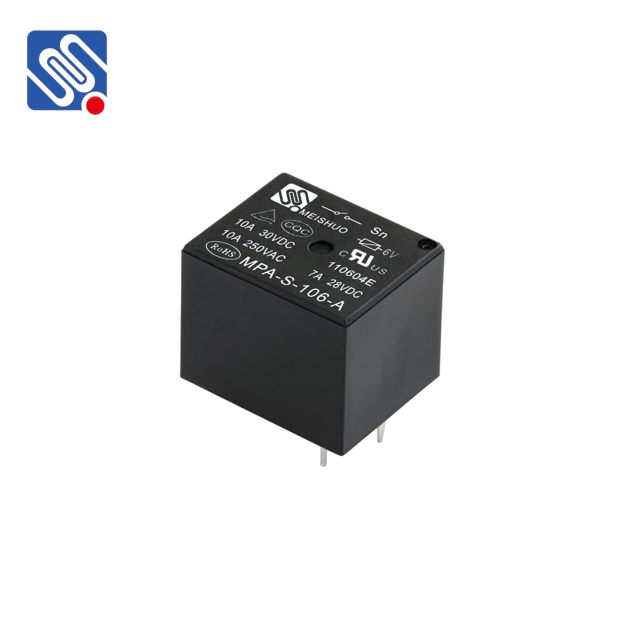understanding relay current rating: a key to safe and efficient electrical systems
Release time:2025-08-24 23:12:07
Relays are fundamental components in electrical and electronic systems, used to control the flow of current in various applications. The current rating of a relay plays a critical role in determining its suitability and efficiency for a specific application. Whether you're working on industrial control systems, automotive circuits, or home appliances, understanding relay current ratings is essential for ensuring safe, reliable, and efficient operation. In this article, we will explore what relay current rating means, how it affects system performance, and why Meishuo’s high-quality relays stand out in this field.

What is Relay Current Rating?
The current rating of a relay refers to the maximum amount of electrical current the relay can safely handle when in operation. This rating ensures that the relay can manage the electrical load without overheating, causing damage, or leading to unsafe conditions. Typically, the current rating is specified for both the "make" (closing the relay's contacts) and "break" (opening the relay's contacts) conditions.
A relay's current rating is crucial because it determines whether the relay can handle the load of the connected circuit. If the current exceeds the relay's rated value, it could cause the relay’s contacts to burn out, resulting in system failures or even hazards. Therefore, selecting the correct relay with an appropriate current rating is vital for maintaining the reliability and safety of an electrical system.

